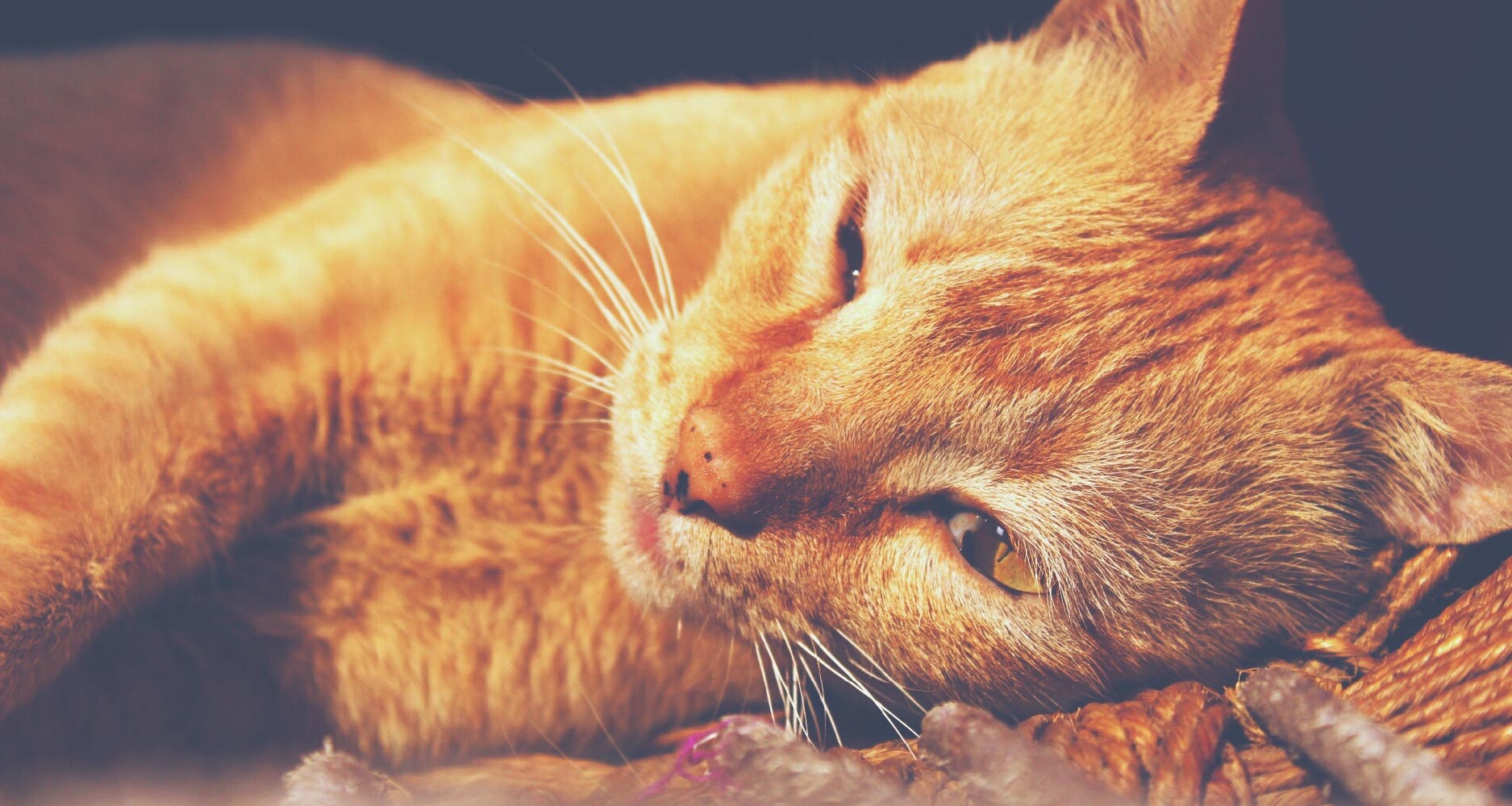HEALTH & WELLNESS

VOTING BOOTH

TRENDING

LIONS FOUNDATION OF CANADA DOG GUIDES
Lions Foundation of Canada Dog Guides and its founding program, Canine Vision Canada, was established in 1983. It’s the largest school of its kind in Canada with its training school in Oakville and breeding facility in Breslau.
Anemia Due to Iron Deficiency in Cats

OVERVIEW
Anemia is not a specific disease and doesn’t present in isolation but is a symptom or condition that occurs as a result of other processes going on. When a cat has anemia there is a drop in the number of red blood cells in the bloodstream.
When there is iron deficiency in the body, red blood cells that are produced by the bone marrow may be too small, may not develop as they should or may become reduced because of decreased production. Red blood cells are responsible for the movement and delivery of oxygen throughout the body, essential for all basic functions.
If there is a red blood cell deficiency, the entire system can be compromised. Recognizing severe iron deficiency anemia is crucial, because the underlying cause or disease can be life-threatening. Mild cases of anemia can be easier to reverse or manage.
SYMPTOMS
Symptoms can vary from cat to cat and really depend on the underlying cause of the anemia.
Signs of anemia include:
- Tiredness
- Weakness
- Difficulty exercising
- Decreased appetite
- Weight loss
- Pale gums
- Rapid breathing
- Increased susceptibility to disease
- Dark-coloured, tarry stools
- Bruising
- Blood in vomit
CAUSES
There are many types and causes of anemia, ranging from simple blood loss or the destruction of red blood cells within the body as part of a specific disease process to the inability of the body to produce enough red blood cells.
Causes of anemia include:
- External blood loss due to trauma
- Blood loss in the gastrointestinal tract
- Parasitic infestation, such as fleas, ticks and hookworms
- Non-infectious diseases, such as cancer, tumours and hypothyroidism
- Infectious diseases, such as bacterial infections and tick-borne diseases
- Bone marrow disease
- Kidney disease
- Nutrition and hormonal imbalances
- Exposure to toxins
DIAGNOSIS
It is crucial to identify the underlying cause of a cat’s anemia. Various tests, depending on your cat’s symptoms and history, will be recommended.
These tests may include:
- Test for iron in the blood
- A complete blood count to identify the extent of the anemia and evaluate the state of the red blood cells
- Packed cell volume test
- Fecal flotation to rule out hookworms
- Fecal examination to look for parasites and blood cell abnormalities
- Urinalysis to rule out urinary tract infections and to evaluate the kidney’s ability to concentrate urine
- Chemistry tests to evaluate kidney, liver and pancreatic function as well as sugar level
- Electrolyte tests to ensure your cat isn’t dehydrated or suffering from an electrolyte imbalance
- Specialized tests that can help identify underlying infectious disease
- Bone marrow aspiration – a procedure to collect and examine bone marrow








